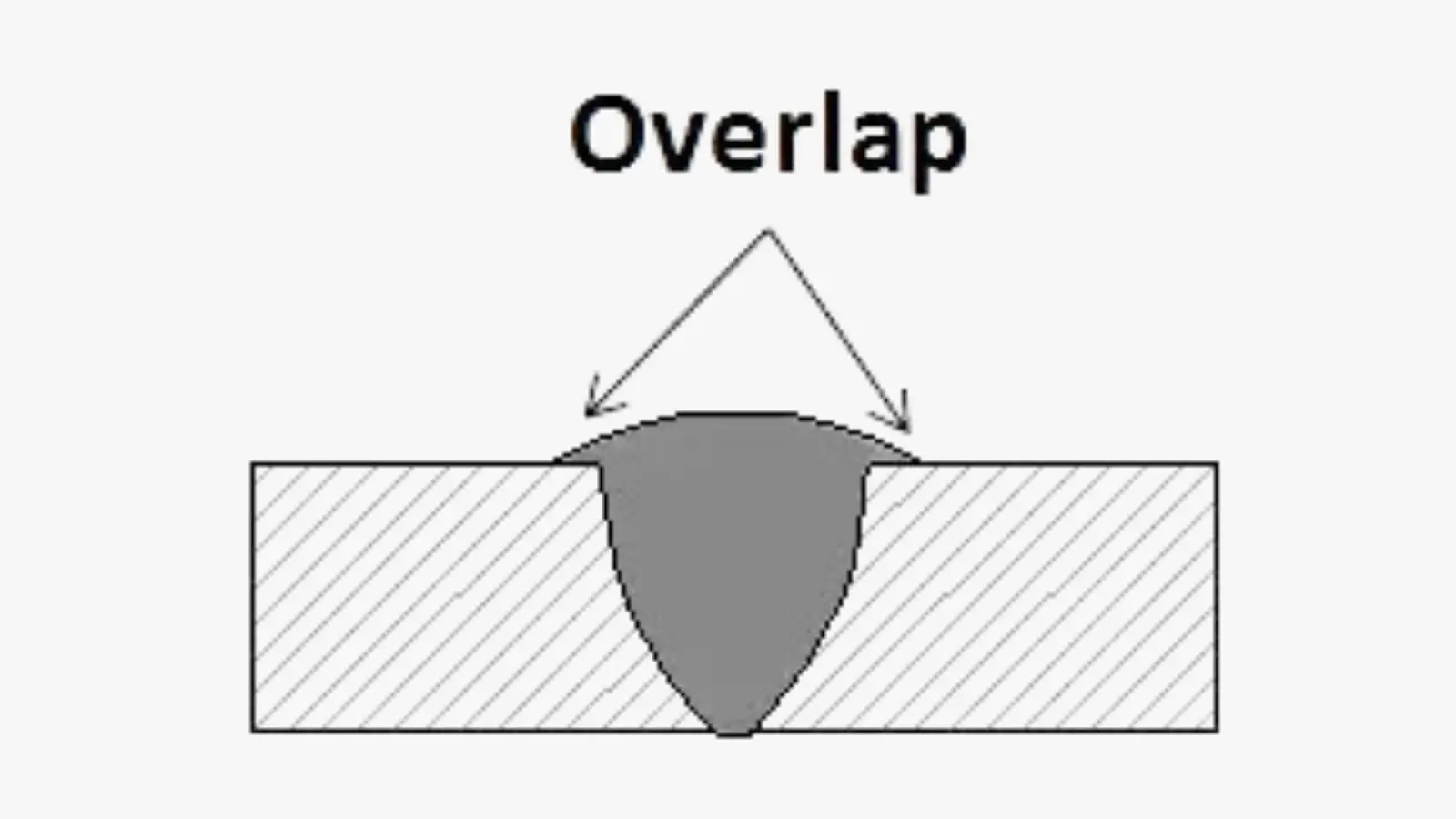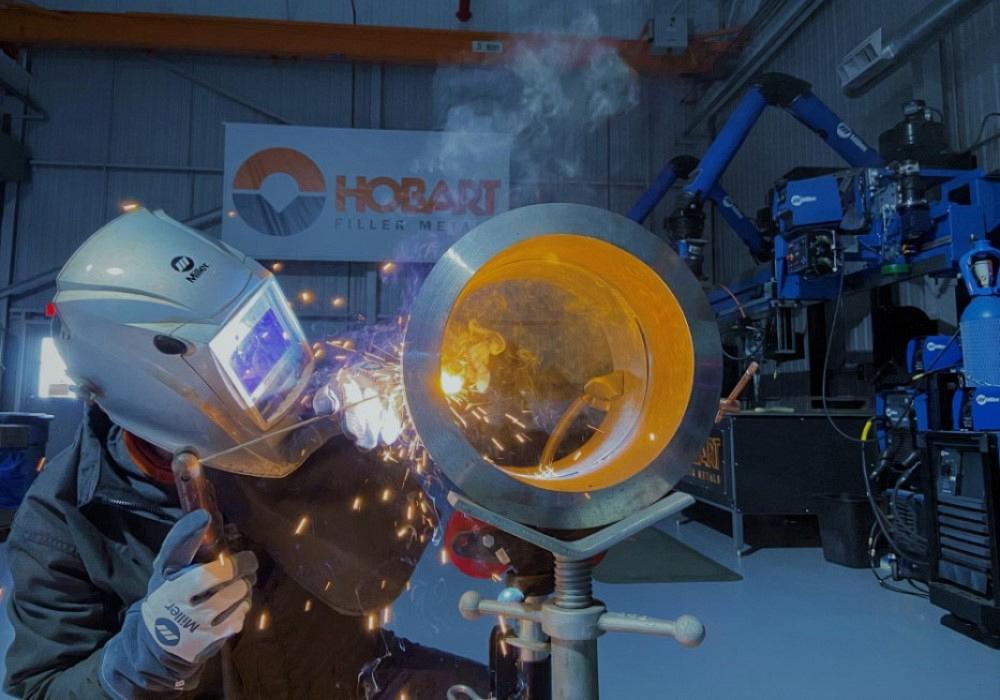Preventing Weld Undercut Demystified: Strategies for Success
Preventing Weld Undercut Demystified: Strategies for Success
Blog Article
A Comprehensive Guide to Identifying, Preventing, and Repairing Undercut Welding Troubles in Your Welding Jobs
In the world of welding, experiencing undercut concerns is a typical challenge that can endanger the structural honesty and total high quality of your welding projects. Stay tuned as we explore the necessary parts of recognizing, avoiding, and dealing with undercut welding troubles, giving you with useful understandings and approaches to elevate your welding skills to the next degree.
Common Causes of Undercut Welding
Undercut welding, an usual concern in welding procedures, can be triggered by numerous factors that need to be very carefully determined and dealt with to make sure the honesty of the weld joint. Among the key reasons for undercut welding is excessive warm input. When the welding criteria, such as voltage, existing, or travel speed, are not appropriately set, a too much amount of warmth can be created. This excess warm leads to the melting and succeeding elimination of the base product along the edges of the weld joint, producing a groove recognized as undercut.
One more usual cause of undercut welding is inappropriate welding method. Inadequate adjustment of the soldering iron or gun, wrong angle or range in between the work surface and the lantern, or irregular traveling rate can all contribute to the formation of undercut. Furthermore, using the wrong welding consumables or electrode dimension for a certain joint arrangement can bring about undercut problems. Determining these source and applying rehabilitative actions is necessary in avoiding and rectifying undercut welding issues in welding projects.
Identifying Undercut in Welds

To identify undercut properly, proper lighting and magnifying devices are vital to examine the weld joint extensively. Utilizing tools such as a welding gauge or a magnifying glass can help in detecting also the smallest undercut flaws. Additionally, running a finger or a finger nail along the weld joint can occasionally reveal undercut, as the surface area might feel irregular or have a dip where the undercut exists.
Preventative Steps for Undercut
Having a deep understanding of the reasons of undercut in welds enables for the execution of efficient preventive steps to maintain weld high quality and stability. These settings should be enhanced to stop extreme warm input, which can lead to undercut formation.

Techniques for Repairing Undercut

To address undercut concerns successfully, welders can employ particular techniques focused on remedying the flaw and bring back the stability of the weld joint. One strategy is to readjust the welding criteria, such as the voltage, existing, and take a trip speed, to make certain appropriate heat input and blend. Boosting the welding existing or lowering the traveling speed can aid complete the undercut. Additionally, transforming the welding method from a push to a drag or vice versa can additionally assist minimize undercut.
One more strategy is to use a weaving motion while welding to guarantee correct sidewall fusion and fill in the undercut. By oscillating the welding arc back and forth within the weld joint, the welder can transfer a lot more filler product into the undercut areas, effectively eliminating the defect.
Moreover, grinding out the undercut and rewelding the joint can be a viable solution for a lot more serious undercut concerns - Preventing weld undercut. This process involves eliminating the undercut section, preparing the base metal, and afterwards rewelding the joint with correct welding specifications and techniques to protect against undercut from reoccurring

Professional Tips for Staying Clear Of Undercut
Making use of appropriate welding methods and preserving control over crucial welding criteria are vital approaches for welders intending to avoid undercut in their weld joints. One specialist pointer for staying clear of undercut is to make certain appropriate joint preparation. This entails cleansing the base metal completely to get rid of any pollutants that might lead to damage formation. Furthermore, selecting the appropriate welding procedure and filler metal for the certain application can help prevent undercut. Welders should additionally pay close focus to the welding present and voltage setups, ensuring they are within the advised variety to avoid getting too hot and prospective undercut. Preserving a consistent traveling speed throughout the welding procedure is an additional essential idea to stop undercut. By relocating at a consistent speed, learn this here now welders can ensure appropriate fusion and lower the possibility of undercut formation. Examining the weld grain after completion can help recognize any indications of undercut very early on, enabling for prompt restorative action to be taken.
Verdict
Finally, determining, avoiding, and dealing with undercut welding issues in your welding jobs is crucial for ensuring strong and sturdy click here for more info welds. Preventing weld undercut. By understanding the common root causes of undercut, having the ability to identify it in welds, implementing safety nets, and making use of correct strategies for dealing with undercut, you can stay clear of prospective concerns and develop top quality welds. Following expert tips for avoiding undercut can aid you boost your welding abilities and generate far better results in your projects
Undercut welding, a common concern in welding procedures, can be triggered by various elements that need to be carefully identified and resolved to make certain the honesty of the weld joint. Furthermore, running a finger or a finger nail along the weld joint can occasionally expose undercut, as the surface might really feel unequal or have a dip where the undercut exists.
Utilizing correct welding methods and keeping control over vital welding specifications are important methods for welders aiming to prevent undercut in their weld joints.In conclusion, recognizing, protecting against, and taking care of undercut welding problems in your welding tasks is essential this contact form for guaranteeing solid and long lasting welds. By recognizing the typical reasons of undercut, being able to determine it in welds, implementing precautionary actions, and making use of proper strategies for repairing undercut, you can stay clear of potential concerns and produce top quality welds.
Report this page